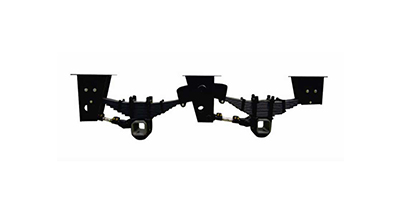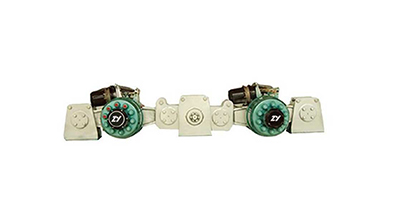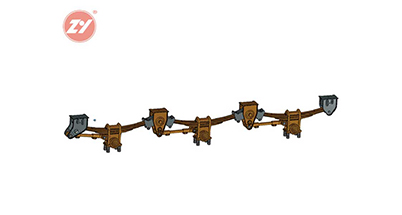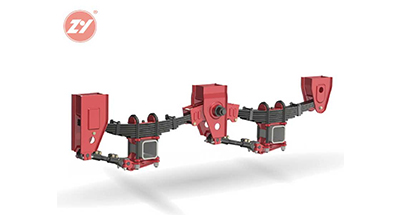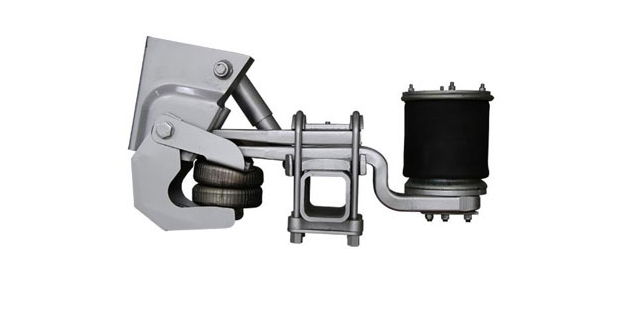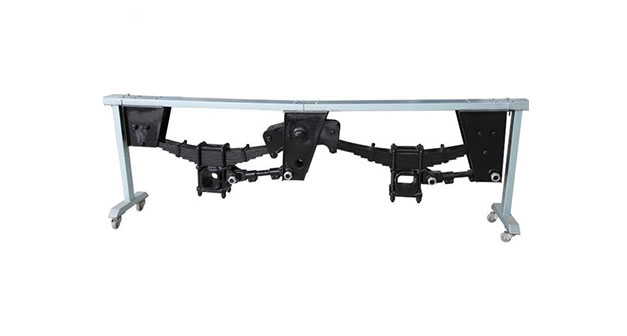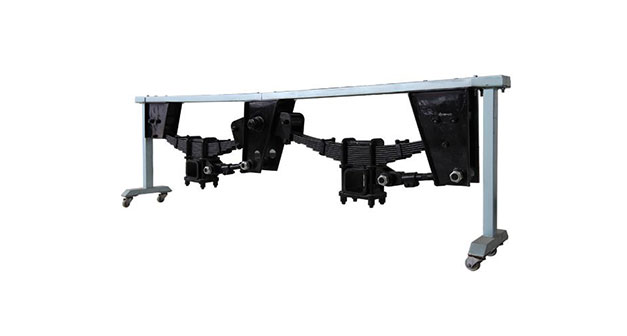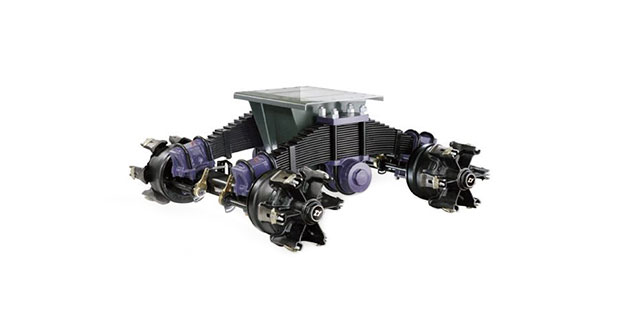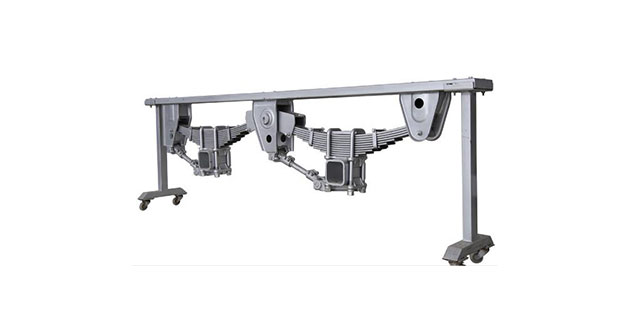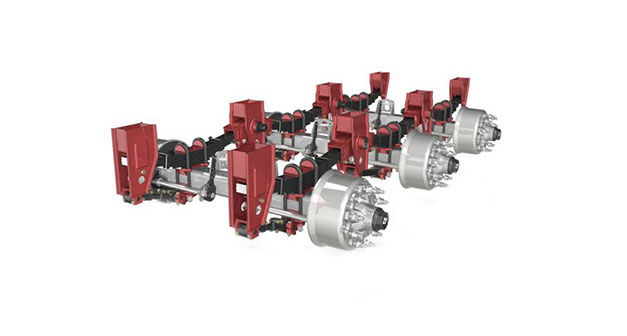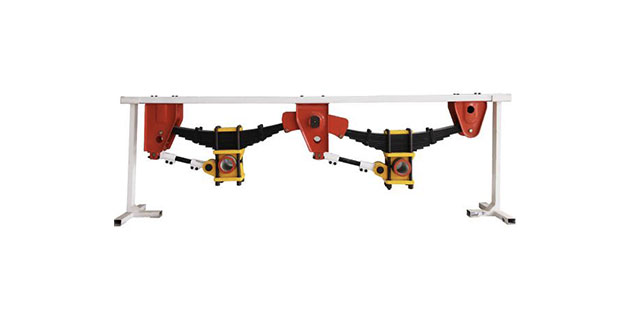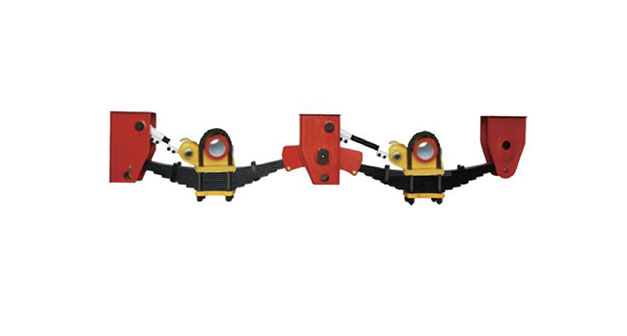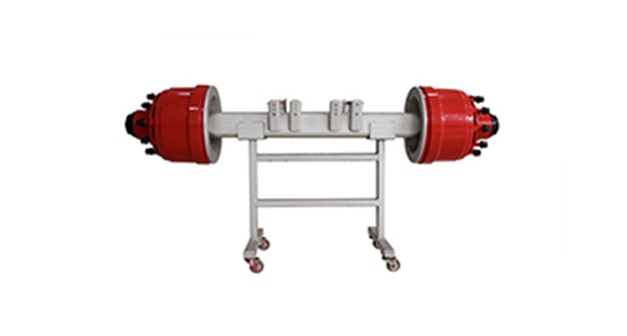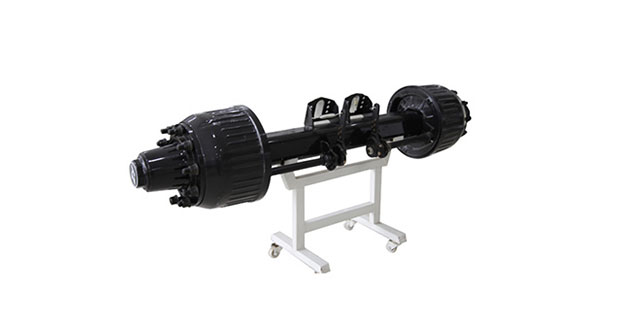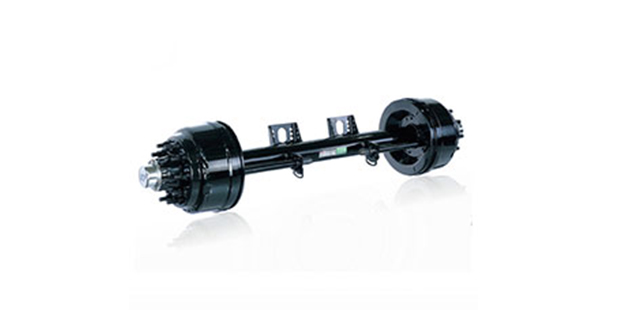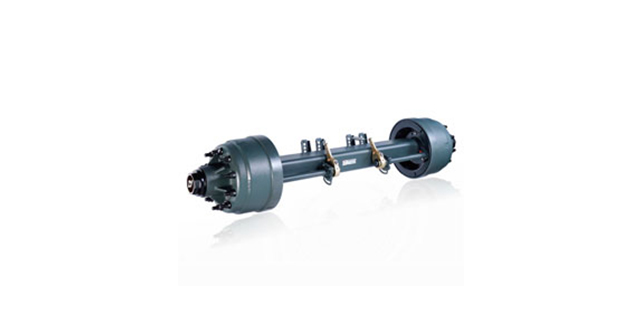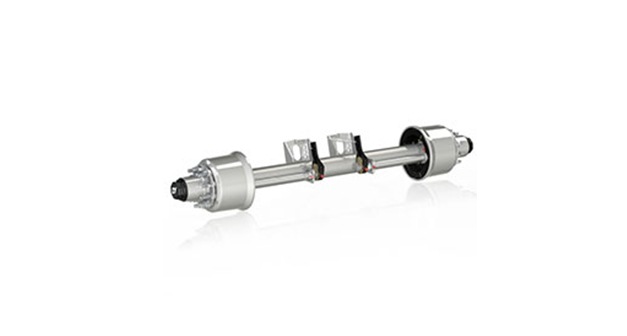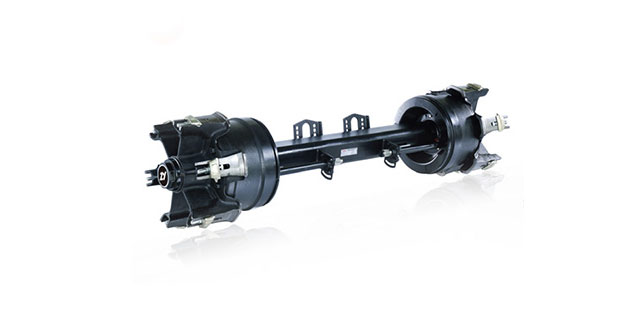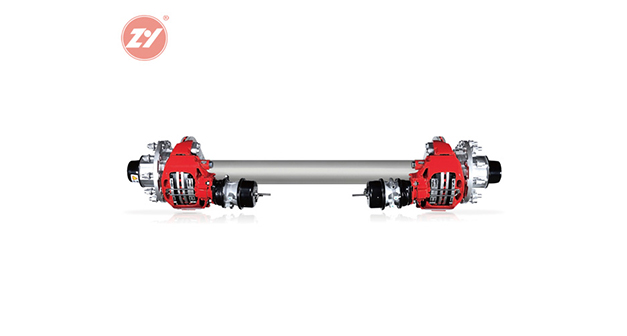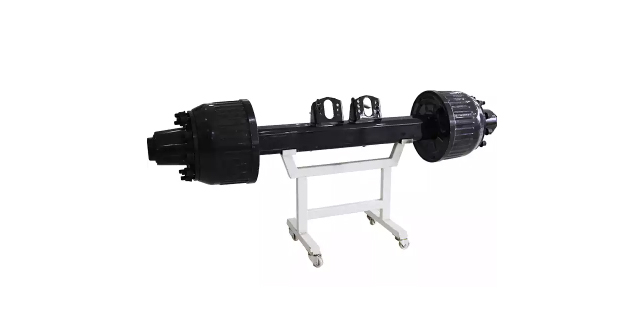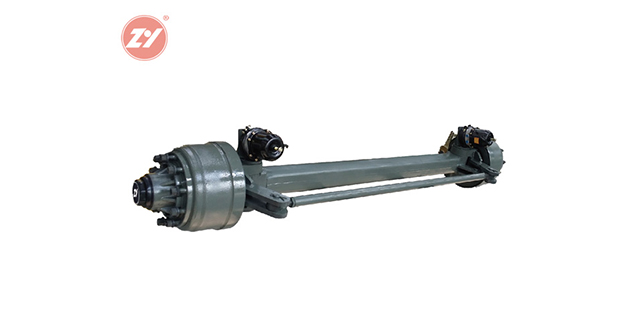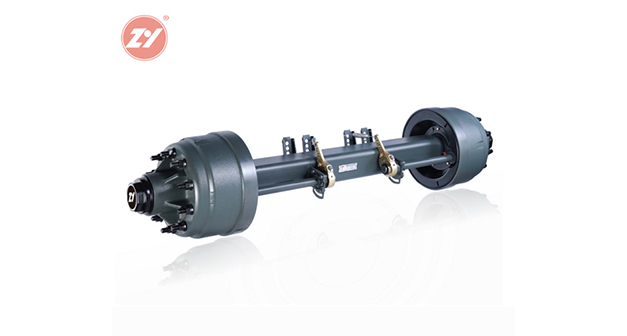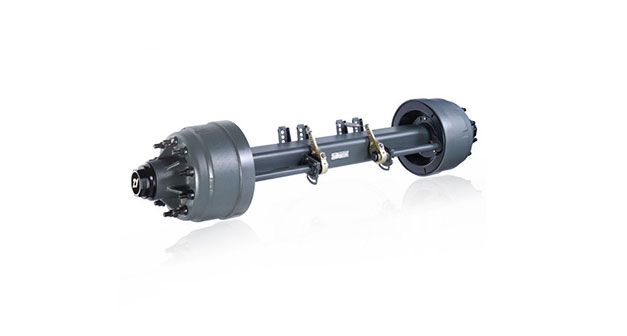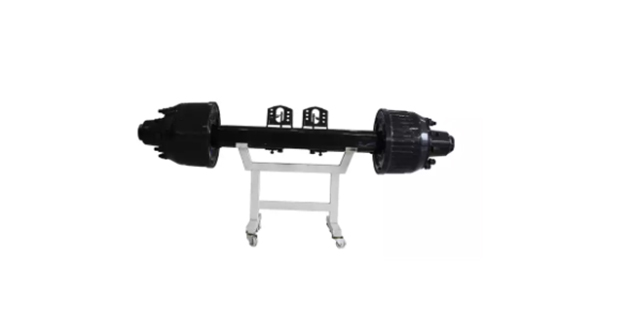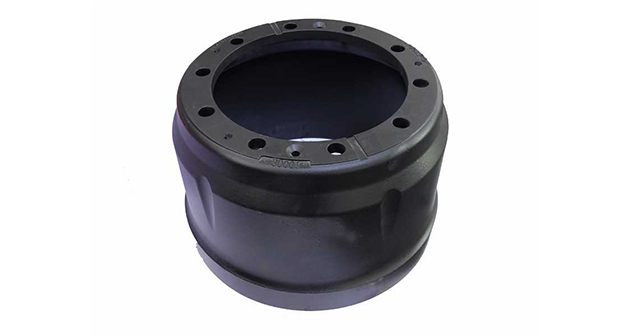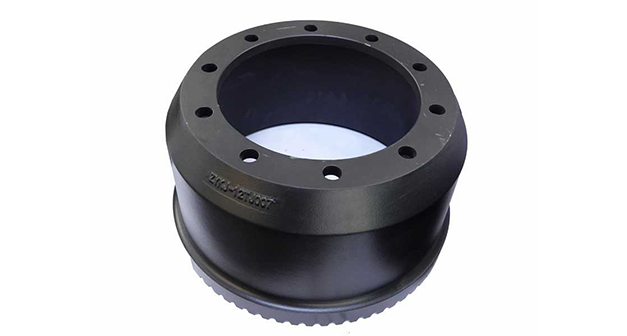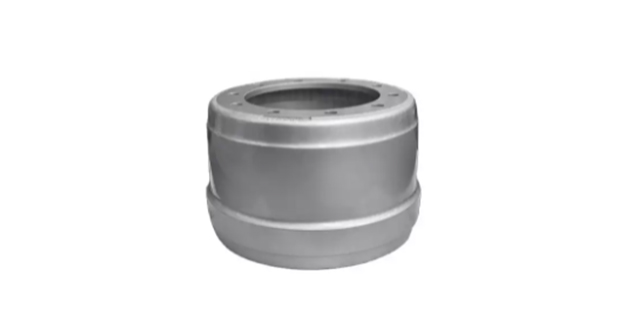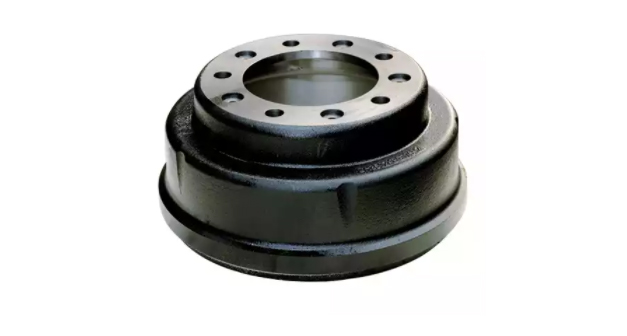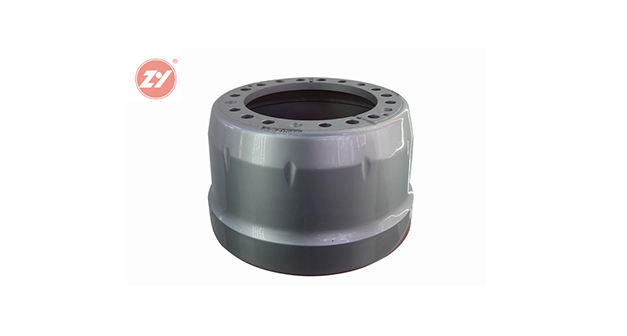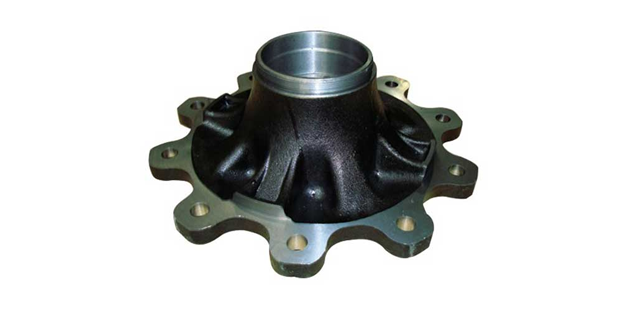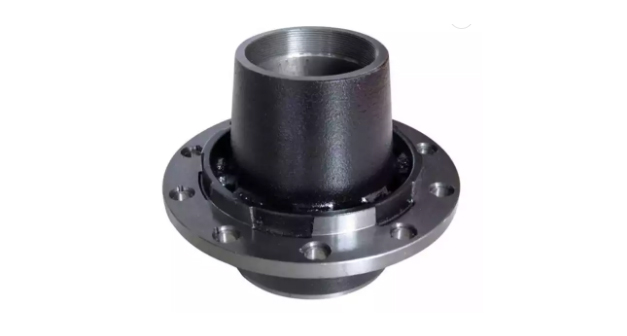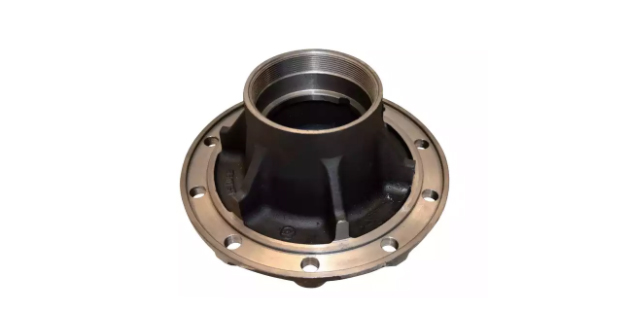1. What is a semi-trailer suspension?
Suspension, also known as suspension, is a general term for all force-transmitting connection devices between the semi-trailer frame and the axle, which is used to transmit the force and torque acting between the wheels and the frame as one of the important oem trailer parts, and the buffer is transmitted from the road to the frame. Or the impact force of the body, and reduce the vibration caused thereby to ensure that the car can run smoothly.
2. The type of semi-trailer suspension
In general, semi trailer spring suspension can be mainly divided into four types:
1. Rigid suspension.
The body chassis of the rigid suspension acts directly on the axle between the wheels, without springs as a buffer, and it completely relies on the swing of the balance beam to maintain the relative balance of the front and rear axles when the road surface is uneven. This kind of suspension is relatively rare at present, because its shock absorption effect is very poor, and it is mainly used on low-flat semi-trailers that carry goods at low speeds.
2. Steel plate suspension.
Also known as tandem leaf spring balance suspension, which is also a common leaf spring suspension, it is mainly composed of leaf springs, suspension supports, connecting rods, U-bolts, etc. The biggest advantage of this kind of trailer suspension is low cost, reliable work and easy maintenance. Because of this, steel plate suspension is currently used in the largest proportion of domestic semi-trailers, about 70-80%.
3. Single-point suspension.
That is, the common front and rear brackets of the leaf spring are reduced to a single bracket and connected to the car body, which can divide the force point into different axle semi trailer, so the bearing capacity is higher, and it is generally used on heavy-duty trailers.
4. Air suspension.
Also known as airbag suspension, its most notable feature is the airbag-type air spring. Compared with other suspensions, the air suspension has better cushioning force, which can effectively protect the cargo and improve driving comfort. In the transportation of precision instruments, hazardous chemicals, etc.

